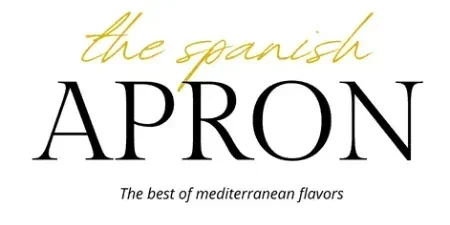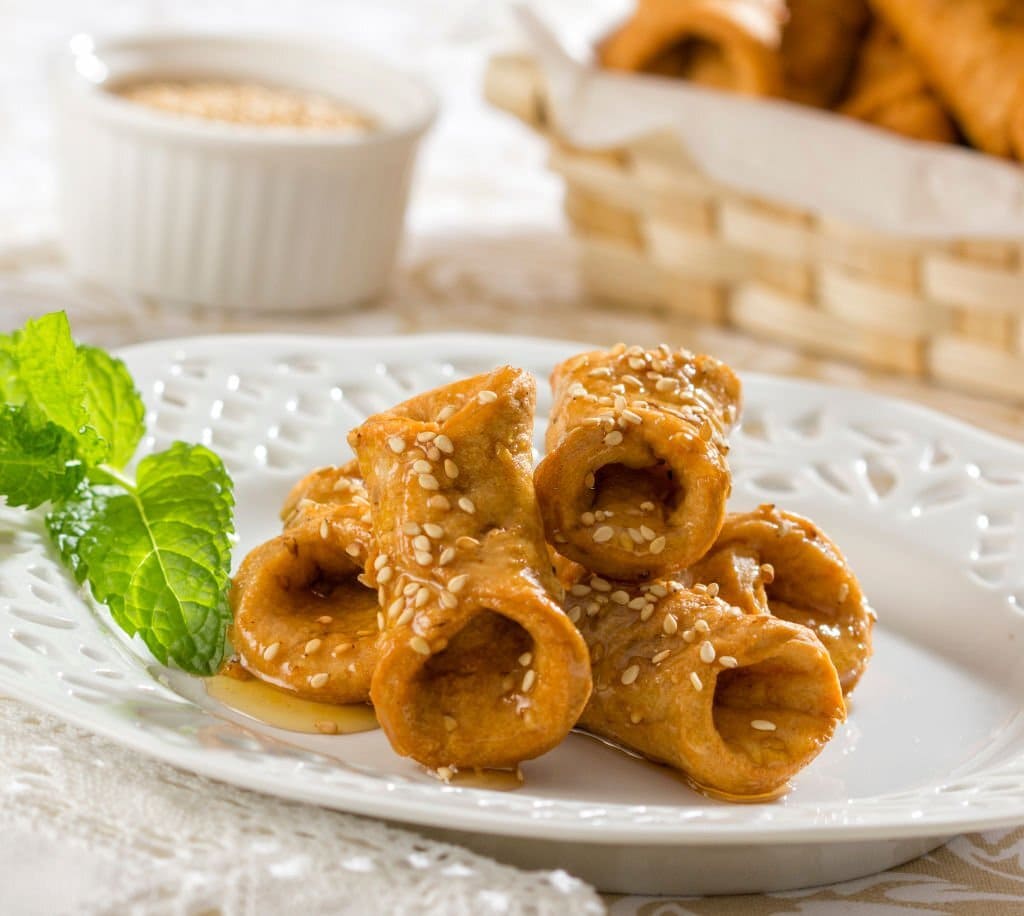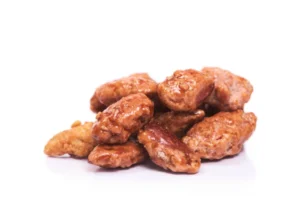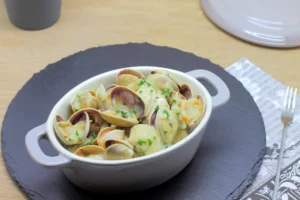Pestiños, a traditional Spanish dessert, is a delightful culinary treasure that has been enjoyed for generations. In this article, we’ll explore the rich history of fritters, discuss their cultural significance, highlight variations of this beloved treat, and share some valuable tips and tricks to enhance your pestiño experience.
A Glimpse into the History of Pestiños
Pestiños has deep roots in Spanish culinary history, originating from the influence of Moorish cuisine during the Islamic reign in the Iberian Peninsula. The dessert embodies a fusion of flavors and techniques, showcasing a harmonious blend of Mediterranean ingredients and Arab culinary traditions.
Cultural Significance of Honey fritters
Pestiños are not only a delicious sweet treat but also hold cultural significance in Spanish gastronomy. They are deeply intertwined with festive occasions and celebrations, often associated with religious festivals such as Christmas and Easter. Honey-glazed fritters bring families and communities together, symbolizing joy, abundance, and the spirit of togetherness.
Variations of Pestiños
- Regional Variations:
- Andalusian Pestiños: The Andalusian version is the most well-known and widely enjoyed. These pestiños feature thin, fried dough drizzled with honey or dusted with powdered sugar.
- Extremaduran Pestiños: In the Extremaduran region, fritters may be shaped differently, with variations such as spiral or braided designs. They often have a denser texture compared to their Andalusian counterparts.
- Festive Variations:
- Christmas Pestiños: During Christmas, fritters may be infused with warming spices like cloves, nutmeg, and allspice, adding a distinct seasonal flavor to the dessert.
- Easter Pestiños: For Easter celebrations, fritters might be enriched with ground almonds or sesame seeds, providing a delightful crunchy element.
Tips and Tricks for Pestiño Mastery
- Dough Preparation:
- Achieving the perfect dough consistency is crucial. The dough should be smooth, pliable, and not too sticky. Adjust the liquid or flour quantities if needed.
- Allow the dough to rest adequately to ensure its elasticity, making it easier to handle and roll out.
- Frying Technique:
- Maintain a consistent frying temperature to achieve crispy and evenly cooked fritters. Use a candy thermometer to monitor the oil temperature.
- Fry pestiños in small batches to avoid overcrowding the pan, which can lead to uneven cooking.
- Sweetening and Serving:
- Drizzle pestiños generously with honey while they are still warm, allowing the pastry to absorb the sweetness.
- Consider garnishing with sprinkles, powdered sugar, or chopped nuts to add visual appeal and extra flavor.
Fritters have been enchanting palates with their exquisite flavors and cultural significance throughout Spanish history. Whether you’re savoring the classic Andalusian style or exploring regional and festive variations, pestiños offer a delightful journey into Spanish gastronomy. By understanding the origins, embracing the variations, and implementing the tips and tricks, you can fully appreciate and create these enchanting treats. So, immerse yourself in the world of fritters, share them with loved ones, and embrace the magic of this beloved Spanish delicacy.

Pestiños: A Traditional Spanish Delight
Ingredients
- 2 cups All purpose flour
- ¼ cup Olive oil
- ¼ cup White wine
- ¼ cup Orange juice
- Zest of 1 orange
- ¼ tsp Ground cinnamon
- ¼ tbsp Anise seeds (optional)
- Pinch of salt
- Vegetable oil for frying
- Honey for drizzling
Instructions
- In a large mixing bowl, combine the all-purpose flour, olive oil, white wine, orange juice, orange zest, ground cinnamon, anise seeds (if using), and a pinch of salt. Mix well until the ingredients come together to form a dough.
- Transfer the dough to a lightly floured surface and knead it for about 5 minutes until it becomes smooth and elastic. If the dough feels too sticky, you can add a little more flour.
- Once the dough is ready, cover it with a clean kitchen towel and let it rest for about 30 minutes to allow the gluten to relax.
- After the resting period, divide the dough into smaller portions and roll each portion out into a thin rectangular shape (around 1/8 inch thick). You can use a rolling pin or your hands to achieve the desired thickness.
- Using a sharp knife or a pastry wheel cutter, cut the rolled-out dough into strips, approximately 1 inch wide and 4 inches long. Make a small cut in the center of each strip.
- In a deep frying pan or a pot, heat vegetable oil over medium heat until it reaches around 350°F (180°C). Fry the pestiños in batches, being careful not to overcrowd the pan. Cook them until they turn golden brown on both sides, usually about 2-3 minutes per side.
- Once fried, remove the pestiños from the oil using a slotted spoon and place them on a plate lined with paper towels to absorb excess oil.
- While the pestiños are still warm, drizzle them generously with honey, making sure to coat all sides. You can adjust the amount of honey according to your preference.
- Allow the pestiños to cool and soak in the honey for a few minutes before serving. They can be enjoyed warm or at room temperature.






